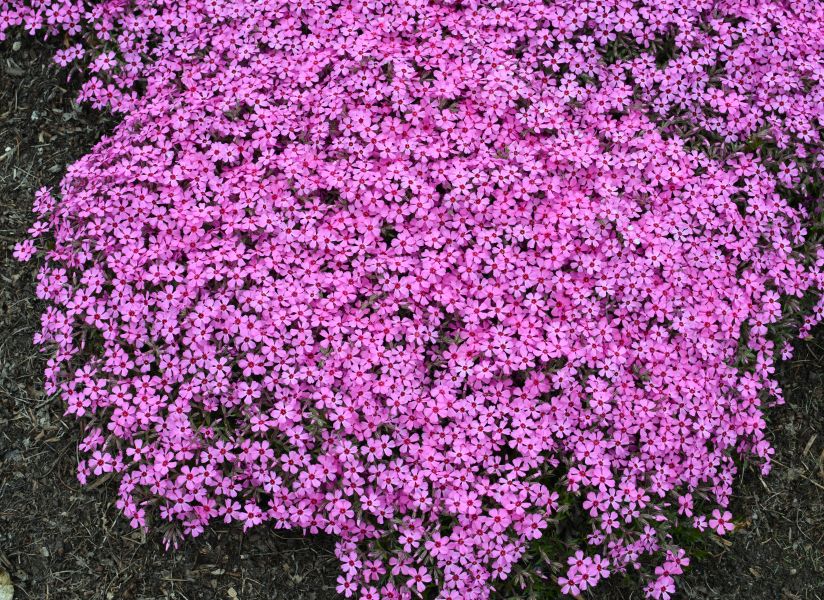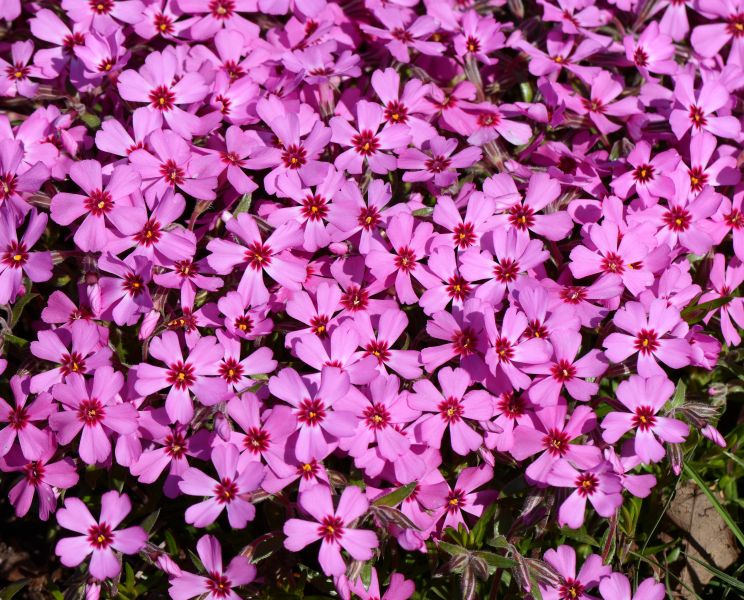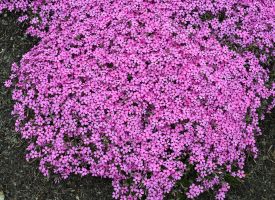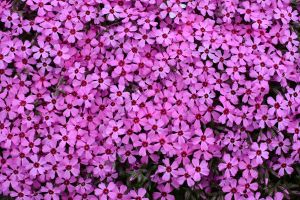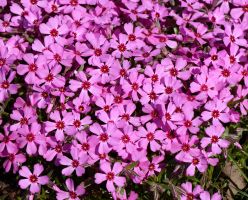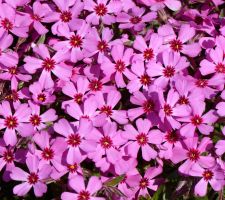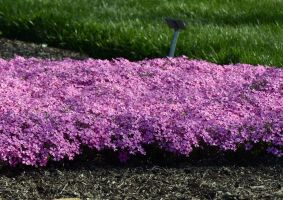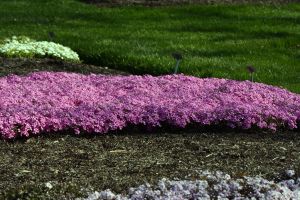Phlox Early Bird
Reaches peak bloom earlier than others.
As its name suggests, Phlox ‘Early Bird’ was selected primarily for its early bloom season, which commences in mid-April and continues for four weeks until mid- May in northern Illinois (USDA Zone 5). Test plants were 100 percent covered with flowers at peak bloom in late April to early May. ‘Early Bird’ reached peak bloom sooner than any other commercial Phlox we have trialed, including the Early Spring™ Phlox series. But there’s more to this selection. The stunning flowers are both bold and beautiful, measuring nearly 1 inch wide, and colored a deep carmine- pink with prominent dark raspberry-red striae. It is comparable to both Phlox subulata ‘Crimson Beauty’ and ‘Scarlet Flame’, but with much larger flowers and earlier blooming. Plants are quite vigorous and uniform, growing to 36 inches wide by 3 inches tall after three years. The evergreen foliage has turned a bronze-red color over winter, adding another season of interest.
Who Am I?
-
Common Name:Early Bird phlox
-
Botanical Name:Phlox 'Early Bird' PP28737
-
Type:Perennial
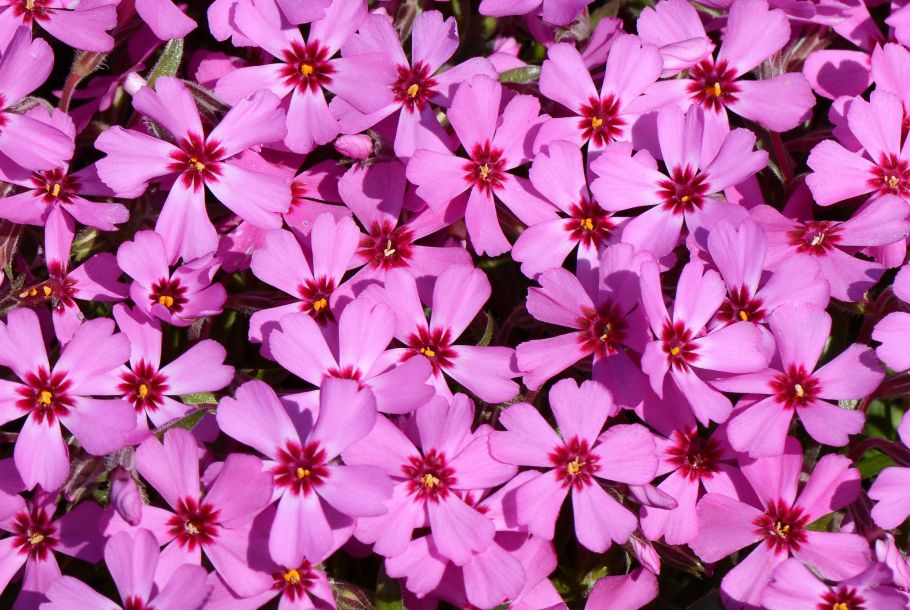
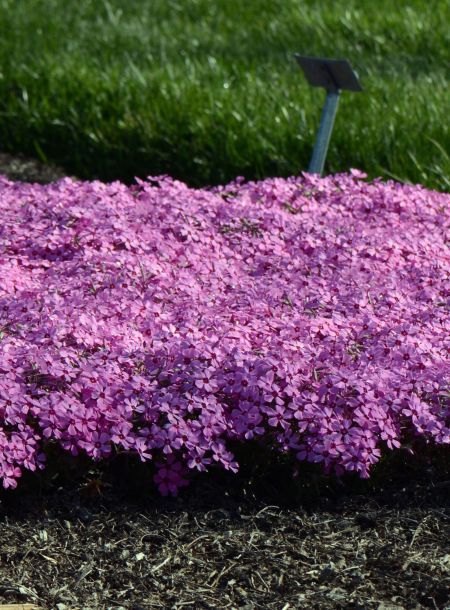
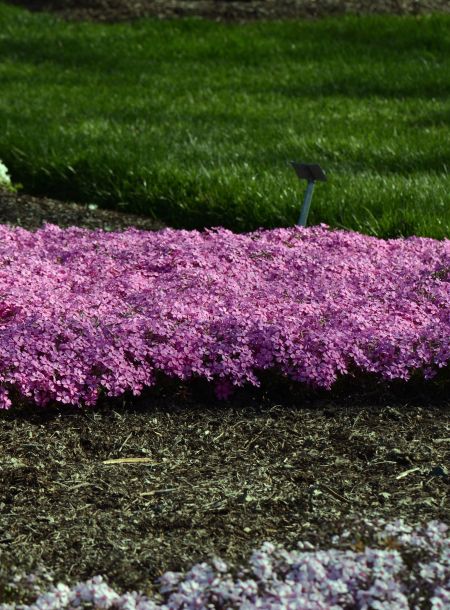
Cultural Details
TYPE
-
Light:Full sun
-
Soil:Adaptable to average garden soils.
-
Moisture:Moist to dry, but sharply drained, especially in winter. Drought tolerant once established.
-
Hardiness Zone4-8
-
Bloom Time:Spring
-
Bloom Color:Medium pink
-
Size:3" tall by 36" wide
-
Diseases & Pests:This selection exhibits excellent disease resistance. Phlox subulata selections may be bothered by powdery mildew in situations of excess moisture, relative humidity, and inadequate air circulation, but this has not yet been observed on any of our selections. These are not bothered by insects, and are rarely if ever browsed by rabbits or deer.
What Makes Me Special?
Landscape Use
Origin
This Phlox selection was developed by Dr. Jim Ault at the Chicago Botanic Garden. The selections were developed from crossing Phlox bifida, Phlox borealis (putative, may be P. subulata), Phlox kelseyi, and Phlox subulata. All the parent plants and selections were grown in-ground at the Chicago Botanic Garden (USDA Zone 5b) during the breeding and selection process.
